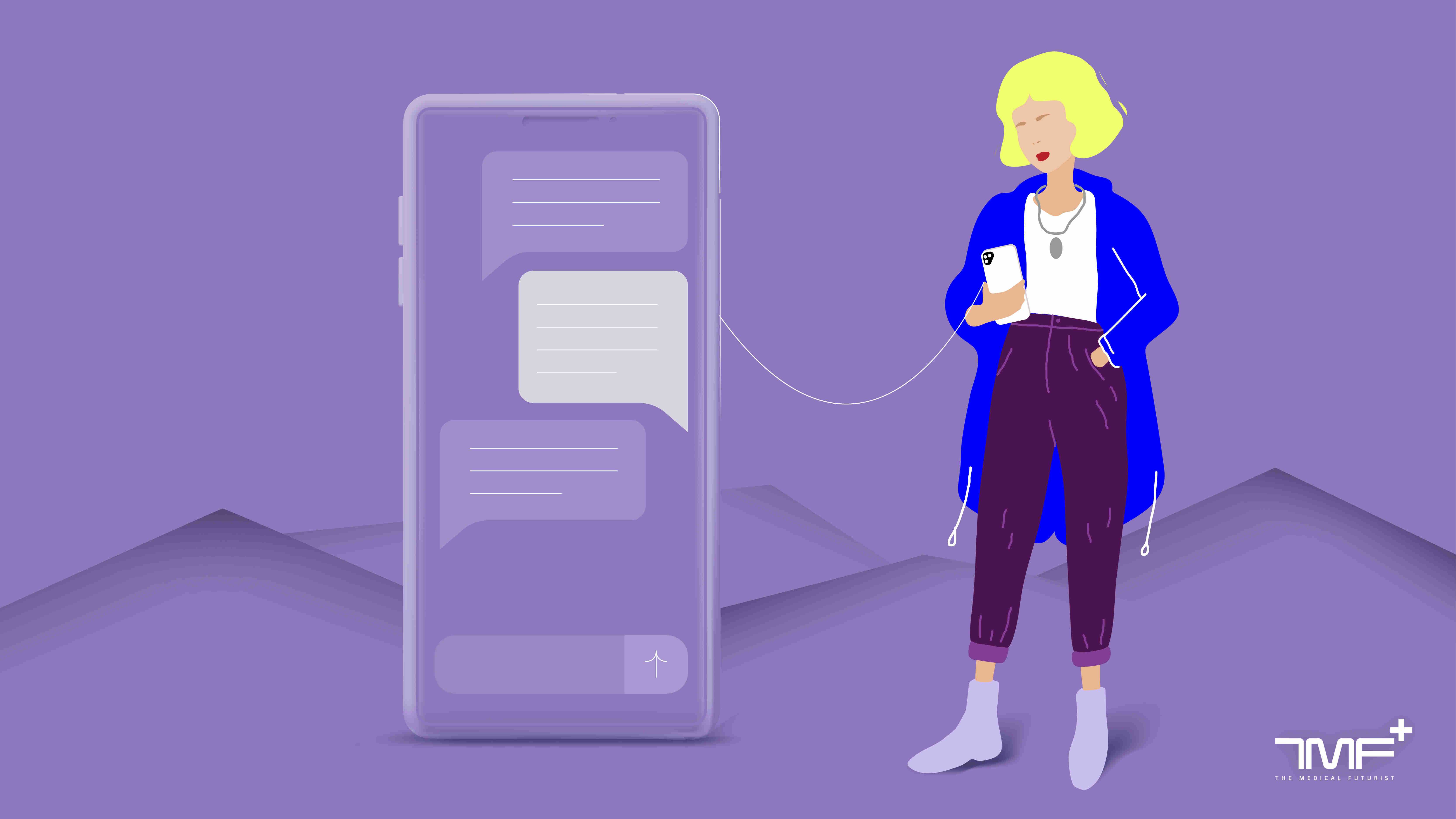
@ShahidNShah


As models like MedPaLM get better, the risk of missing care due to capacity shortages in healthcare will outweigh the risk of the algorithms being wrong. When OpenAI launched their GPT3 agent, also known as ChatGPT, in December 2022, large language models (LLMs), these fascinatingly adaptable algorithms, became a topic of popular discussion. LLMs are created to converse in a manner akin to that of a human, to comprehend intricate questions and give thoughtful answers. In this post, we discussed hypothetical medical use cases. We have all used chatbots in the past, if only to test out a service provider's less-than-stellar algorithms. The majority of the time, these conversations just culminate in a disgruntled customer leaving with a promise of contact from a human support staff member who may or may not ever show up. These experiences rarely left anyone feeling particularly impressed.
Healthcare delivery organizations can use chatbots in a variety of ways to improve patient care and increase efficiency. Here are a few examples:
Overall, chatbots can be an effective tool for healthcare delivery organizations to increase accessibility, convenience, and communication with patients, while also streamlining operations and reducing costs.
Continue reading at medicalfuturist.com
The research, published in JAMA Psychiatry, found a wearable device could help detect and monitor patients facing poor sleep, pain and anxiety after trauma. According to research published in JAMA …
Posted Jan 19, 2023 Healthcare Wearables
Connecting innovation decision makers to authoritative information, institutions, people and insights.
Medigy accurately delivers healthcare and technology information, news and insight from around the world.
Medigy surfaces the world's best crowdsourced health tech offerings with social interactions and peer reviews.
© 2025 Netspective Foundation, Inc. All Rights Reserved.
Built on Apr 17, 2025 at 6:07am